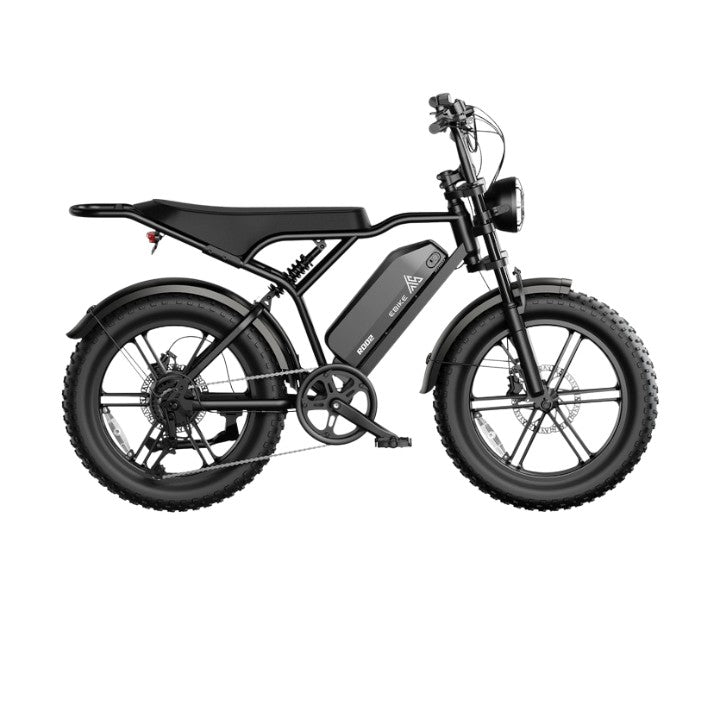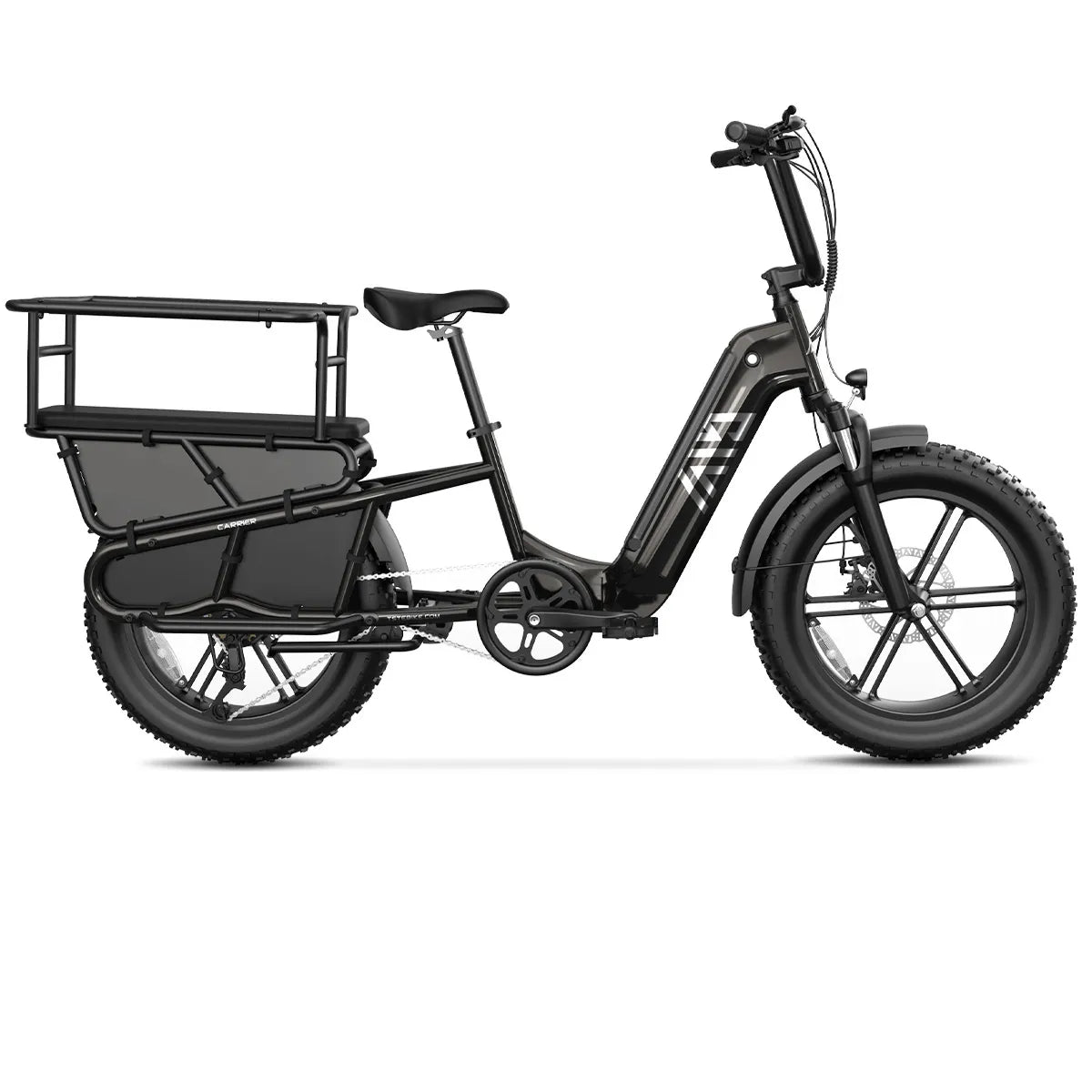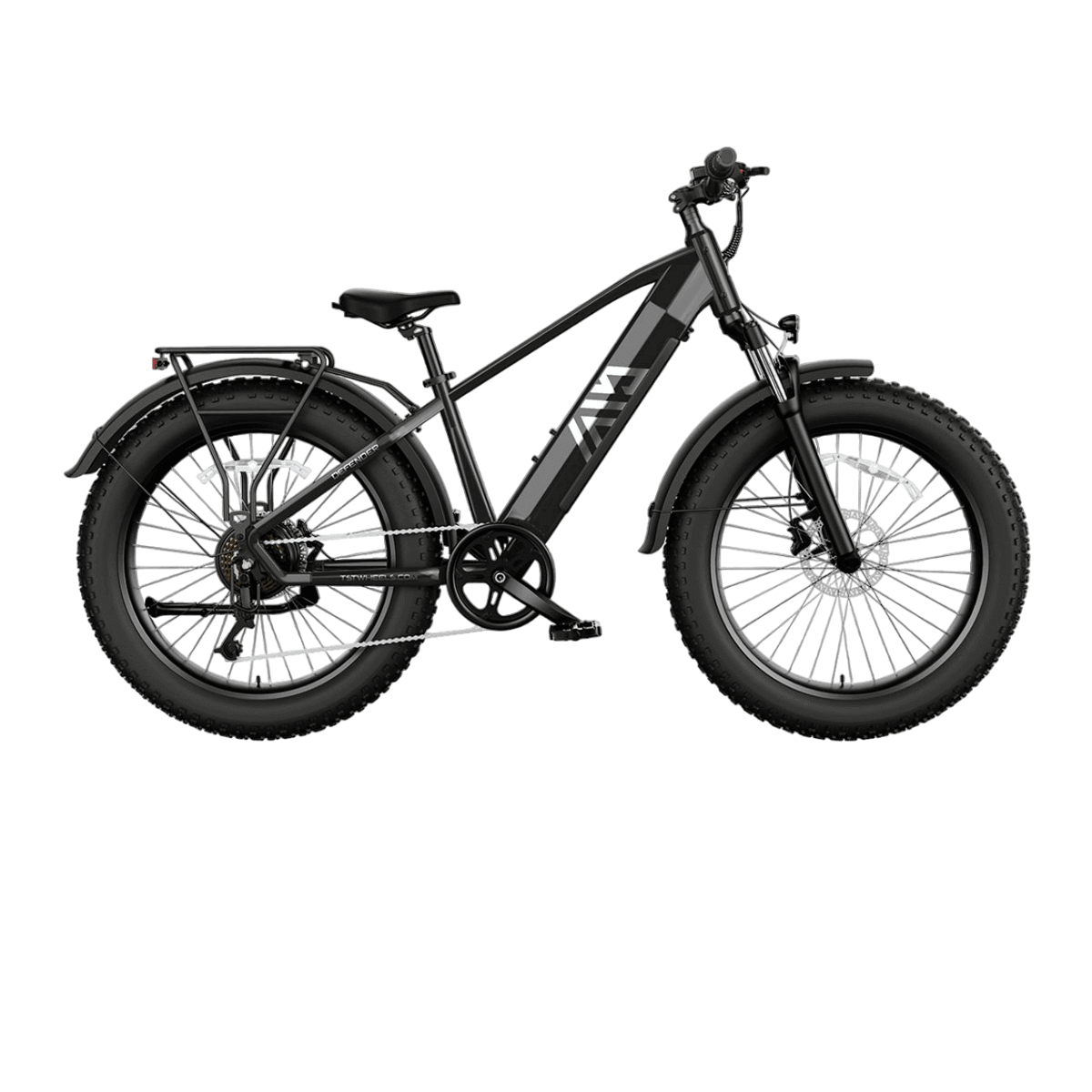Electric bikes, commonly known as e-bikes, are bicycles equipped with an integrated electric motor, battery, and controller that assist riders by augmenting their pedaling efforts or providing throttle-powered motion. Designed to combine traditional cycling with modern electric propulsion, e-bikes allow for easier riding, extended range, and higher speeds, making them ideal for commuting, leisure, and utility purposes.
What defines an electric bike and how is it different from a traditional bicycle?
An electric bike features a built-in electric motor powered by a rechargeable battery that either assists pedaling or enables throttle-driven motion. Unlike traditional bicycles which rely solely on mechanical human power, e-bikes have pedal assist systems that sense pedaling and provide proportional motor support. Some models also include throttles to accelerate without pedaling. This makes riding less strenuous and opens cycling to a wider range of users.
How are electric bikes classified and what are the main types?
In many regions, electric bikes are classified into three main classes based on their motor assistance and speed limits:
| Class | Pedal Assist | Throttle | Max Speed |
|---|---|---|---|
| Class 1 | Yes | No | 20 mph |
| Class 2 | Yes | Yes | 20 mph |
| Class 3 | Yes | Usually No | 28 mph |
Class 1 e-bikes provide motor assistance only when pedaling and cap assistance at 20 mph. Class 2 adds a throttle enabling movement without pedaling but still limits speed to 20 mph. Class 3 e-bikes provide pedal assist up to 28 mph, suitable for commuters prioritizing speed.
What key components make up electric bikes?
Electric bikes consist of three essential components working in coordination:
- Motor: Can be hub-mounted on front or rear wheel or mid-drive on the crankset. Powers the bike and assists pedaling.
- Battery: Rechargeable lithium-ion packs ranging typically from 400Wh to 1000Wh capacity, determining range and power supply.
- Controller and Display: Manages motor output and provides rider information such as speed, battery status, and pedal assist level.
Additional features often include hydraulic disc brakes, suspension systems, integrated lighting, and ergonomic components for comfort.
How do different motor types and placements affect e-bike performance?
- Hub Motors: Positioned in the wheel hub, simple, reliable, and low maintenance; good for casual riding.
- Mid-Drive Motors: Located at the cranks, offer better power transfer through bike gears, superior for hill climbing and off-road use, often found in more performance-oriented e-bikes.
Motor power commonly ranges between 250W and 750W, with higher wattages available in cargo or mountain e-bikes for extra torque and speed.
What riding styles and terrains do electric bikes suit?
Electric bikes are made for diverse uses including urban commuting, mountain biking, cargo hauling, and leisure rides. Tire sizes vary from narrow road tires to wide fat tires for snow and sand. Suspension options—ranging from none to full—cater to smooth or rugged terrain. E-bikes enable longer rides with less fatigue, empowering riders of various skill and fitness levels.
How do battery capacity and pedal assist influence range and ease of riding?
Battery capacity directly correlates with range; typical commuter e-bikes travel 20 to 60+ miles per charge depending on battery size, terrain, and assist level. Pedal assist reduces rider effort, measured in levels that adjust motor power output. Efficient assist modes prolong battery life, while throttle use tends to drain battery faster.
| Battery Capacity | Typical Range | Use Case |
|---|---|---|
| 400-500 Wh | 20-40 miles | Urban short commutes |
| 600-1000 Wh | 40-60+ miles | Long commutes, cargo use |
What safety and comfort features are common on electric bikes?
Modern e-bikes include hydraulic disc brakes for effective stopping, integrated LED lights for visibility, and ergonomic handlebar grips and seats for rider comfort. Many offer adjustable suspension forks or full suspension for vibration dampening. Displays provide real-time monitoring, enhancing rider control and safety.
Why are electric bikes considered eco-friendly and cost-effective transportation?
E-bikes produce zero direct emissions, helping reduce urban air pollution and traffic congestion. They require less energy and resources compared to cars, lower operating costs, and encourage healthy outdoor activity. Electric bikes make commuting economically viable without reliance on fossil fuels.
Buying Tips
When purchasing an electric bike, consider your primary riding needs—commute distance, terrain type, cargo requirements, and desired speed. Evaluate motor power and battery capacity accordingly. Check frame size for comfort and fit, prefer torque-sensing pedal assist for smooth power delivery, and confirm included safety features like brakes and lighting. Purchase from brands like TST EBike that balance quality, innovation, and affordability. Testing models and verifying warranty and after-sales support improves long-term satisfaction.
TST EBike Expert Views
“Electric bikes revolutionize urban mobility by merging traditional cycling with modern electric assistance, broadening access to efficient transport.”
“TST EBike prioritizes durable components and smart battery management to enhance performance and rider confidence.”
“Our 26-inch and 27-inch models cater to diverse terrains, combining ruggedness for snow and sand with nimble handling for cities.”
“The balance of comfort, power, and affordability is central to our mission to make e-biking accessible to all.”
Frequently Asked Questions (FAQ)
Q: What is an electric bike?
A: A bicycle equipped with an electric motor and battery to assist pedaling or provide motorized propulsion.
Q: How fast can electric bikes go?
A: Speeds vary by class, typically between 20 to 28 mph for most consumer models.
Q: How far do electric bikes travel on a charge?
A: Typically between 20 and 60 miles, depending on battery size, terrain, and assist level.
Q: What types of motors do electric bikes use?
A: Hub motors (front/rear) or mid-drive motors powering the bike differently, affecting performance.
Q: Are electric bikes suitable for off-road riding?
A: Many models are designed for various terrains, including mountain or fat tire e-bikes for rough surfaces.





Leave a comment
This site is protected by hCaptcha and the hCaptcha Privacy Policy and Terms of Service apply.